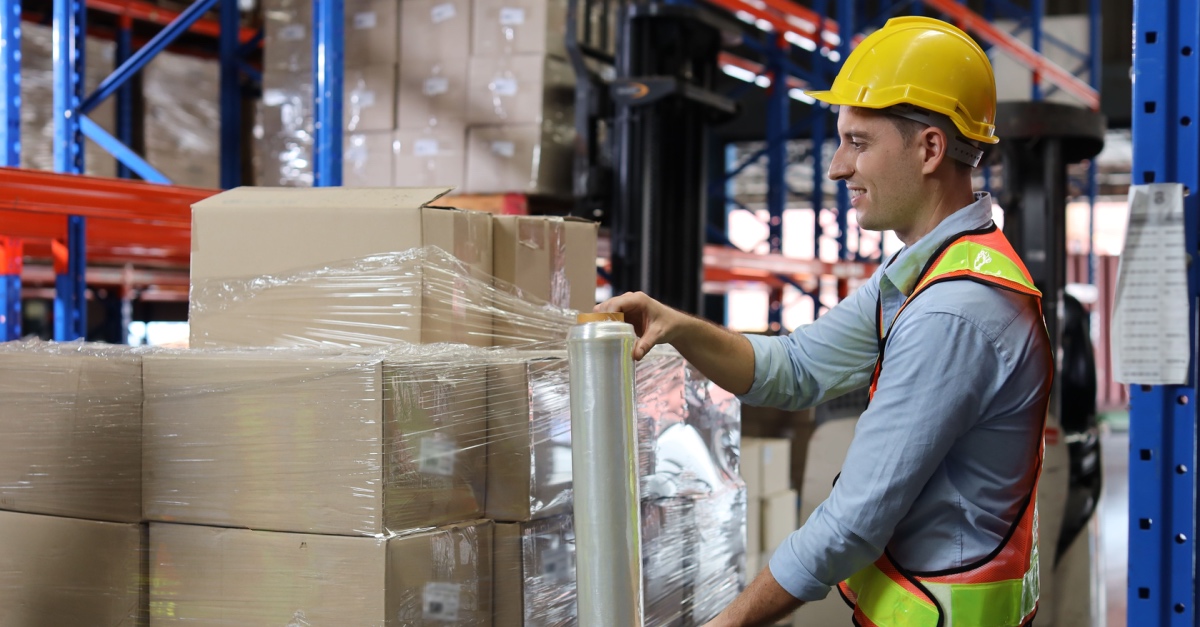

According to a 2023 MHI and Deloitte survey of supply chain leaders, hiring and retaining qualified workers and navigating the talent shortage were the two top supply chain challenges, with 57% and 56%, respectively, of respondents citing these concerns.
Unfortunately, labor shortages can keep companies in a constant state of scrambling for workers while limiting their potential to optimize logistics. Some resort to unskilled or unreliable temporary help sourced from staffing agencies, but this often creates silos of labor, making it challenging to integrate workers with an overarching logistics strategy. Looking for better solutions to this challenge, many companies are turning to Client Embed Programs (CEPs) as a strategic approach to sourcing skilled labor and optimizing logistics.
A Client Embed Program is a service where a 3PL places its own trained and specialized employees within its client’s facilities, warehouses, or operations. Workers are on-site, often working alongside company employees, with an operations manager and supervisor also on-site managing these workers. Because these embedded employees have outside training, they bring specialized knowledge that can be particularly beneficial when the company is lacking certain expertise or wants to optimize its logistics.
In addition to tapping into specialized knowledge, CEPs also offer the benefits of:
Flexibility – Embedding 3PL workers can give a business the flexibility to scale operations up or down based on demand, without the long-term commitment of hiring or the complications of layoffs.
Cost Efficiency – By relying on the 3PL's expertise, resources, and fixed-cost model, businesses can often reduce labor costs, improve productivity, and decrease inefficiencies, as the 3PL is in charge of meeting the output goals even if it means they pay for the overtime to do so. This can lead to opportunities like warehouse or inventory optimization in the retail industry.
Technology Integration – While the 3PL works within the client’s systems on the manufacturing floor, in the warehouse, they can bring in technology solutions for logistics management, like Order Management (OMS) and Warehouse Management (WMS) systems. They can integrate these solutions into the business’s operations, facilitating better workflows like inventory tracking and data analysis.
Logistics Optimization – CEPs bring the opportunity to continually assess, refine, and improve production, warehousing and logistics in real time. This allows for a more agile response to any challenges or inefficiencies that arise. Instead of relaying information back and forth between separate teams, embedded workers can quickly make adjustments on-site. This improves the speed and efficiency of the logistical operations while ensuring a smoother and more integrated experience for the client, leading to consistent improvements in supply chain performance.
Client Embed Programs can address a range of operational challenges by merging expertise and labor to improve productivity, quality, and efficiency. Some of the biggest challenges CEPs can tackle include:
Employing a Client Embed Program and using a staffing agency might sound like similar options, but when they’re compared side-by-side, there are major differences that make CEPs the better choice for many businesses.
The biggest differences between CEPs and a staffing agency can be summed up as simply having better collaboration toward a common goal -aligned incentives. Collaboration leads to powerful partnerships between logistics providers and their clients because both are actively working together to understand and fulfill operational needs. The result is tailored solutions that are specifically designed for the client's requirements. This might involve any of the following value-added services:
Then, for the warehouse side, by integrating solutions like WMSs, OMSs, and inventory control systems, these clients get streamlined, technology-driven logistics that operate with accuracy and efficiency. Finally, by adding in a highly qualified workforce, clients get operational reliability on top of it all.
Both the client and the 3PL are working toward logistics optimization, and every piece of Client Embed Programs mentioned so far can help support this goal through whole-chain efficiency and flexibility that leads to a better customer experience.
CEPs streamline operations from start to finish. By embedding reliable workers within a client's operations, CEPs help drive efficiency, bringing all elements of a supply chain to work together. The goal is to improve performance and find opportunities to reduce operational costs. Efficient resource allocation is central to this, ensuring that every aspect of the logistics process, from warehousing to delivery, is optimized for time and costs.
CEPs are built for flexibility, enabling 3PLs and clients to address multifaceted logistics challenges. Whether it's the complexities of unique products or the demands of inventory management or order fulfillment, CEPs can get solutions tailored for any challenge. Utilizing a combination of technology and expertise, these programs support clients in turning ideas and opportunities into competitive advantages.
In optimizing the logistics operations, CEPs ensure that customers receive their orders fast and accurately to improve customer satisfaction. The logistics process has a significant role in the customer experience. They may not recognize what went into the process, but they remember that it was a positive experience when every step from order placement to unboxing went smoothly.
Whether your company is facing capacity constraints, difficulty keeping up with sales demand, late and mis-shipped orders, or you simply recognize that there is an opportunity for logistics optimization, Productiv’s Client Embed Program can help your business reach its goals, goals we take on as our own.
Along the way, Productiv delivers on our goal of 99% on-time, 99% accurate, and 99% inventory control. With flexible labor, cost transparency, custom solutions, kitting and assembly, and integrated technology, you get the expertise and reliability to focus on your business, while we handle the logistics.
To learn more, contact Productiv today.

Indicators of supply chain health are a mixed bag lately. A trade group said “normalcy” won’t be achieved in 2024, while the Fed called them “resilient.”

Warehouse labor management is such an evergreen issue, that it should have its own scientific plant name in Latin. How do we consistently find sufficient labor? How do we maintain productivity? What approach do we use?
Get ideas on how to delight your customers with delivery on their timeline.